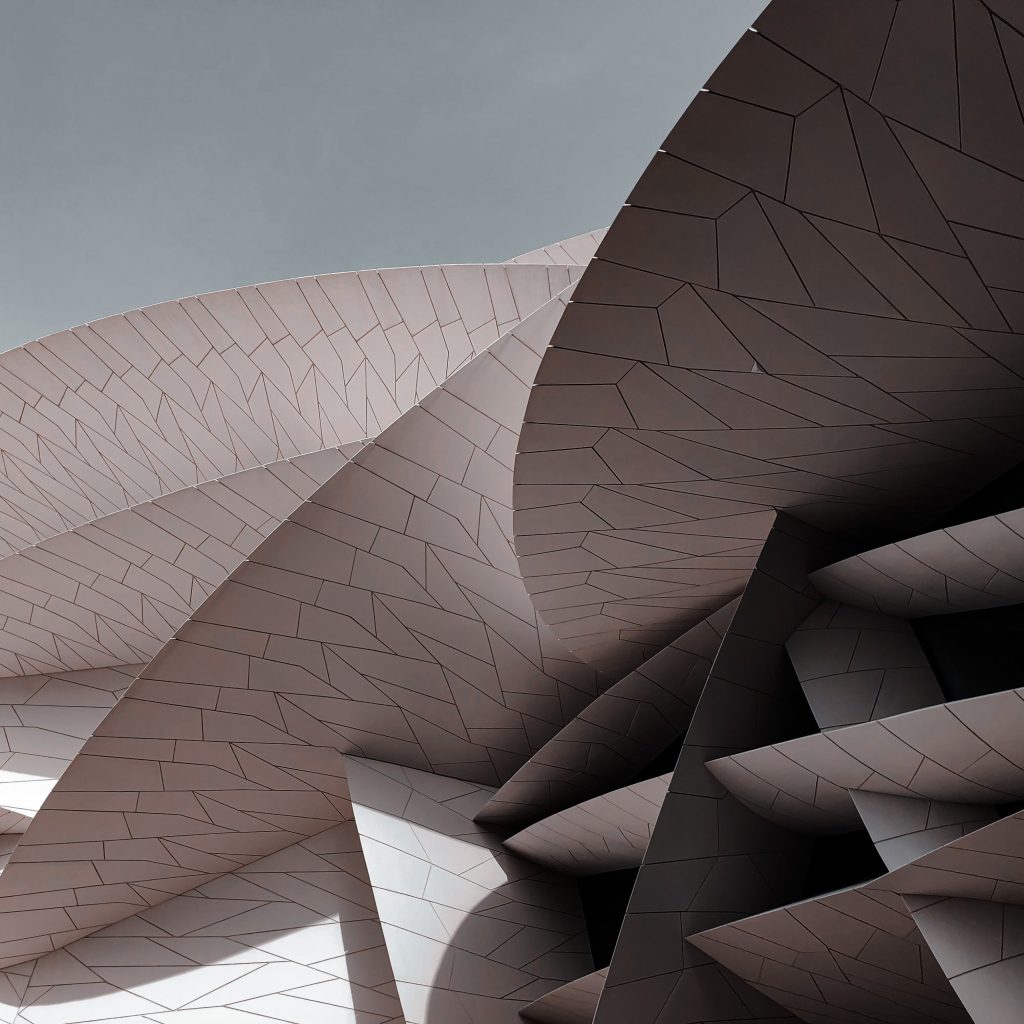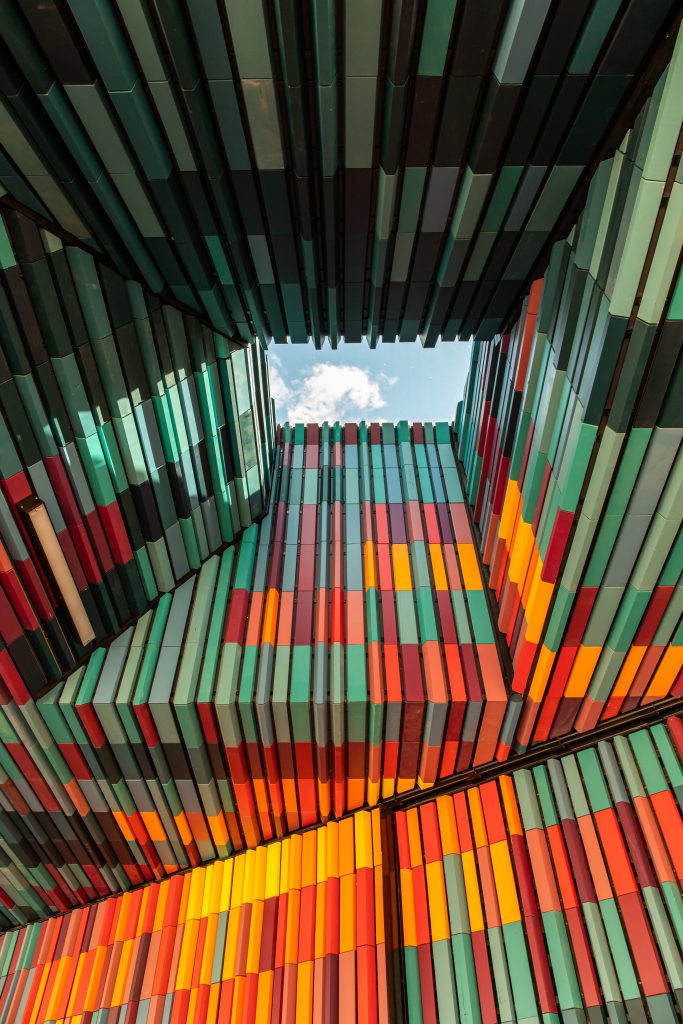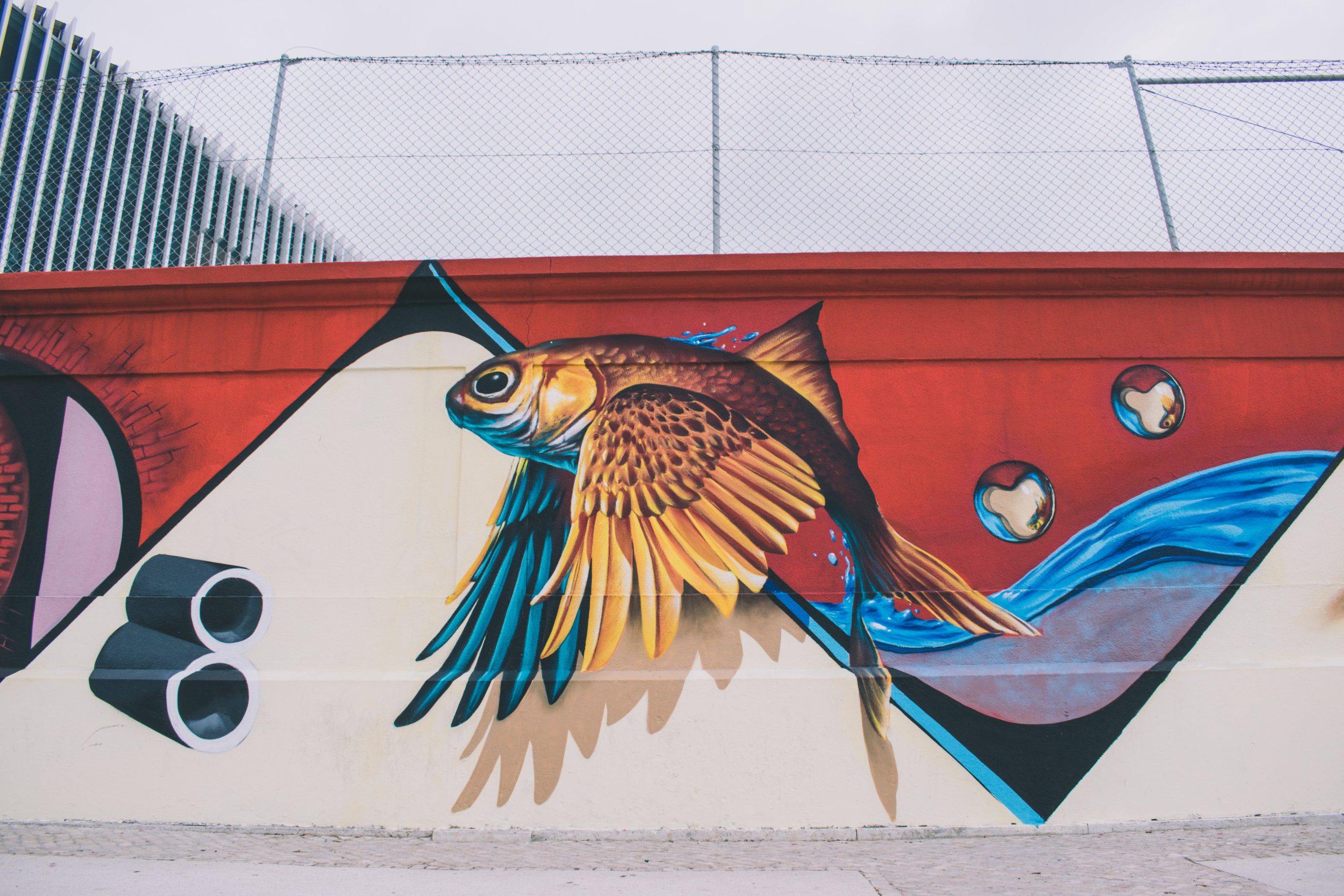When we think of art, we often tend to think of ancient 20th century masterpieces. Yet the art sphere never ceased to change, Continuously adapting to mirror our ever-changing society. Today’s art, known as Contemporary art forms, reflects the essence of our times, embodying cultural struggles, inequalities and tackling societal abnormalities. It’s a polished mirror accurately portraying everything from technological advancement to political turbulence.
Contemporary artists, like Damien Hirst; a well established English artist and art collector, said, “Art’s is about life and it can’t really be about anything else, ” artists such as Damien and others usually use their mediums to capture and comment on the present status of the world we live in. This art form not only demonstrate aesthetic progression, but also functions as a historical database, immortalizing our era’s complexities and achievements.
“Contemporary art forms gives us a unique window into our times” Ai Weiwei
Defining Contemporary Art Forms

Contemporary art forms, a dynamic, versatile genre, born in the late 20th century and flourishing today. This art form defies categorization and singular definitions, as it entails a rich landscape of disciplines and styles, reflecting the fluid nature of our modern reality. Contemporary artists usually address current issues. giving raise to a dialogue-like exchange with society and culture at large.
Contemporary art tends to challenge traditional boundaries and limitations. challenging the human perception of space and form, from digital art that blurs the lines between reality and hallucination to the Anamorphic illusions that challenges the observer’s spatial reality.
Its not a matter of aesthetics and visual appeal anymore, But a bold statement reflecting the current robust progress, the artist perspective, and the collective experience at large. this genre encourages viewers to question, interact, and interpret, making it a vibrant and essential part of our cultural landscape.
Mind-Boggling Contemporary Art Forms
Anamorphic Illusions: Artists like Jonty Hurwitz produce sculptures that look abstract and simple at first sight yet reveals complex figures and objects when seen from a certain angle, challenging ordinary perception of space and form.
Kinetic Sculptures: Theo Jansen‘s ‘Standbeests’ are massive, wind-powered sculptures in the form of sureal creatures, moving autonomously. their sophistication and life-like motion are captivating, pushing the boundaries of sculptures and art as a whole.
Augmented Reality Art: Used by artist such as Zach Lieberman to create interactive art works in which the digital and physical domains are blended, producing bizarre experiences that challenge our perception of reality.
Optical Illusion : Bridget Riley‘s op-art paintings create visual effect that fluctuate and vibrate, deceiving the viewers eyes, and challenging the static nature of traditional paintings.
Immersive Environments: Teamlab‘s digital installations produce massive, interactive rooms that wrap visitors in a sphere of sounds and sights, providing a completely immersive experience that dissolves the lines between art and observers.

Environmental Art
Environmental art forms are artistic expressions that are concerned with nature, sustainability, and our connection with earth. Such artists often tackle issues such as climate change, ecosystem conservation, air pollution , and deforestation. with the goal of raising awareness and and inspiring change. Artists of such affiliation usually use recycled materials and organic elements, reflecting the message of harmony with nature.
Andy Goldsworthy’s land art, for instance made completely from organic materials, celebrating the beauty and transience of the natural environment. ‘Wheatfield-A Confrontation‘ A one of kind art work by Agnes Denes located in midtown Manhattan, was a powerful statement on land usage and hunger. likewise, Olafur Eliasson’s installations, like “Ice Watch” brings the melting quality and transitory nature of glaciers to urban population.
These art forms transcend traditional limitations, often resulting in large-scale installations in nature or urban locations. they often entail audience interaction or involvement, making the experience fundamentally educational and emotionally engaging. by directly engaging with environmental themes, such art works serve as a catalyst for open dialogue and eventually a call to action.







